Odisha
Odisha
The Challenge
The erratic rainfall pattern in Odisha makes the region vulnerable to frequent spells of droughts and floods. Deforestation is now making the situation worse and leading to soil erosion and declining land fertility. Marginal farmers and the landless often bear the brunt of uncertain climate and loss of livelihoods. This intensifies the vicious cycle of poverty and migration.
WOTR’s Approach
WOTR has made strategic efforts to tackle poverty at the grassroots. By promoting sustainable management of natural resources, WOTR enhances livelihood security for the rural and tribal communities. By rejuvenating the ecosystems, we strive to regain the ecological balance and keep a check on the degradation of natural resources
Presence
WOTR is currently working in 150 villages across 9 blocks in 3 districts of the state. These districts are Gajapati, Ganjam, and Rayagada.
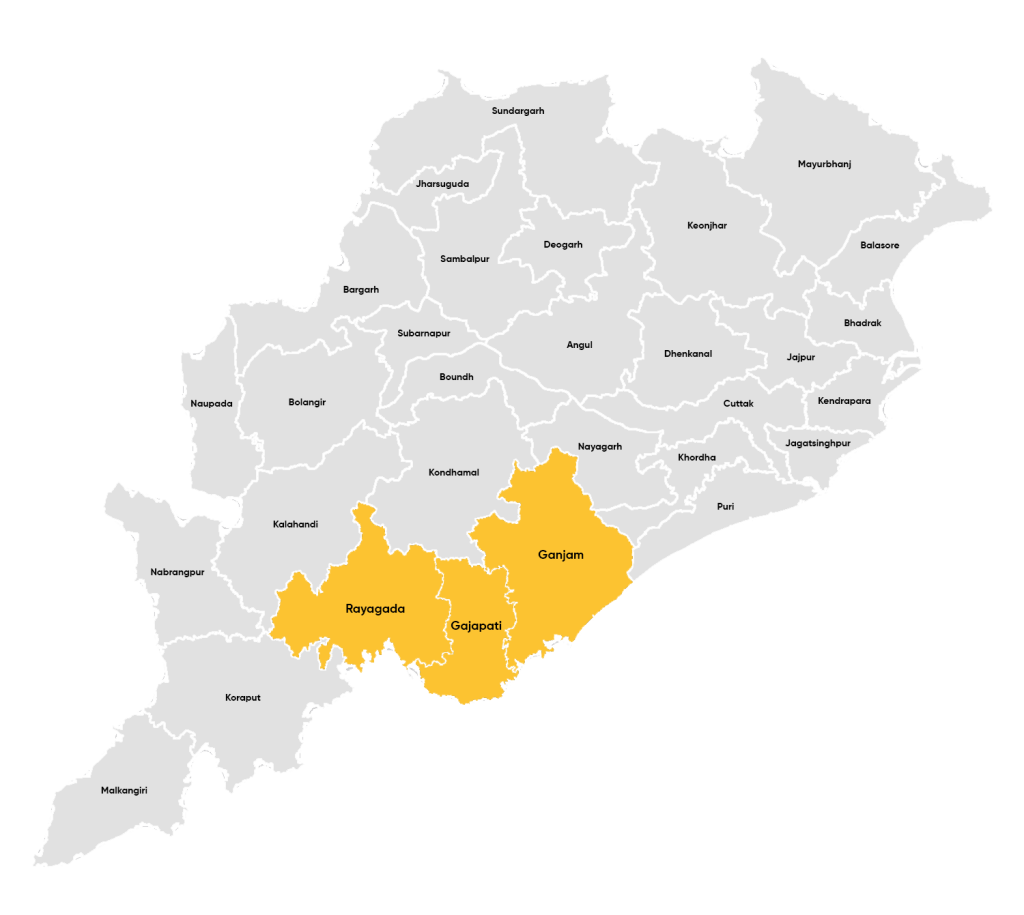
Flagship Programmes
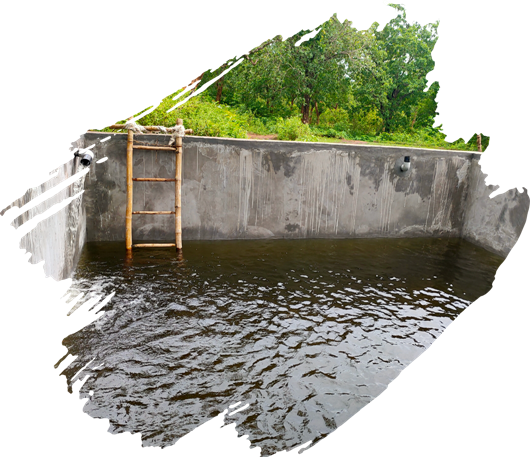
Water and Land Management
To mitigate the impact of drought and floods in the region, WOTR has planned activities and initiatives to conserve water and revive soil health. By constructing water harvesting structures and introducing appropriate cropping patterns, our emphasis is to enhance water availability and farm productivity. Additionally, efficient micro-irrigation systems are being promoted for judicious use of harvested water. This has also led to an increase in the area under the Rabi (winter) crop.

loose boulder structures and 7136 meters of stone bunds created
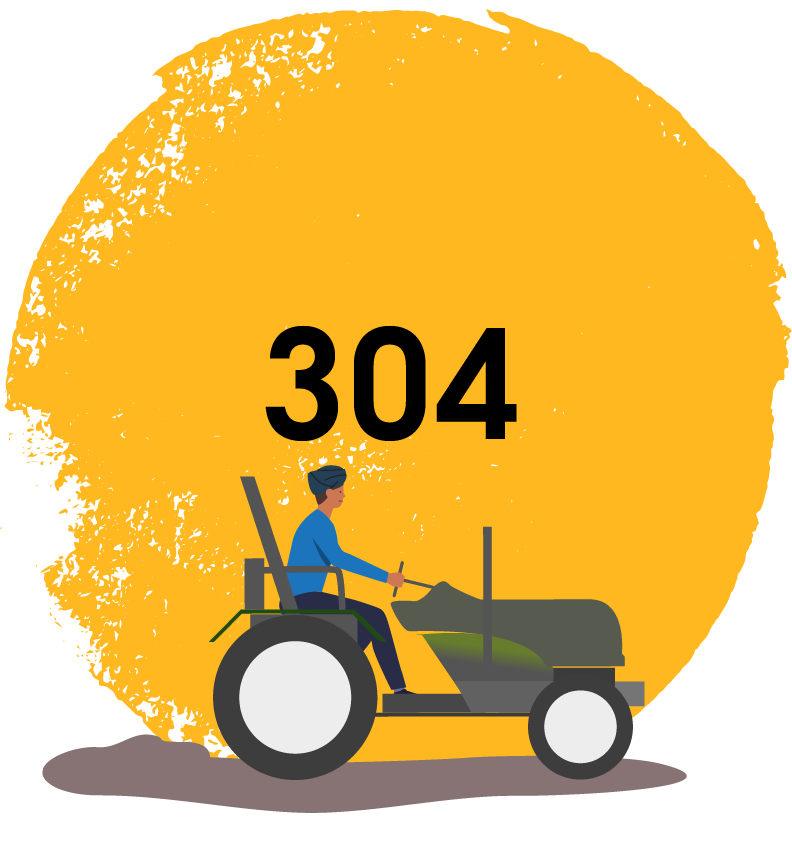
ha land made cultivable through land development activities, resulting in additional productivity
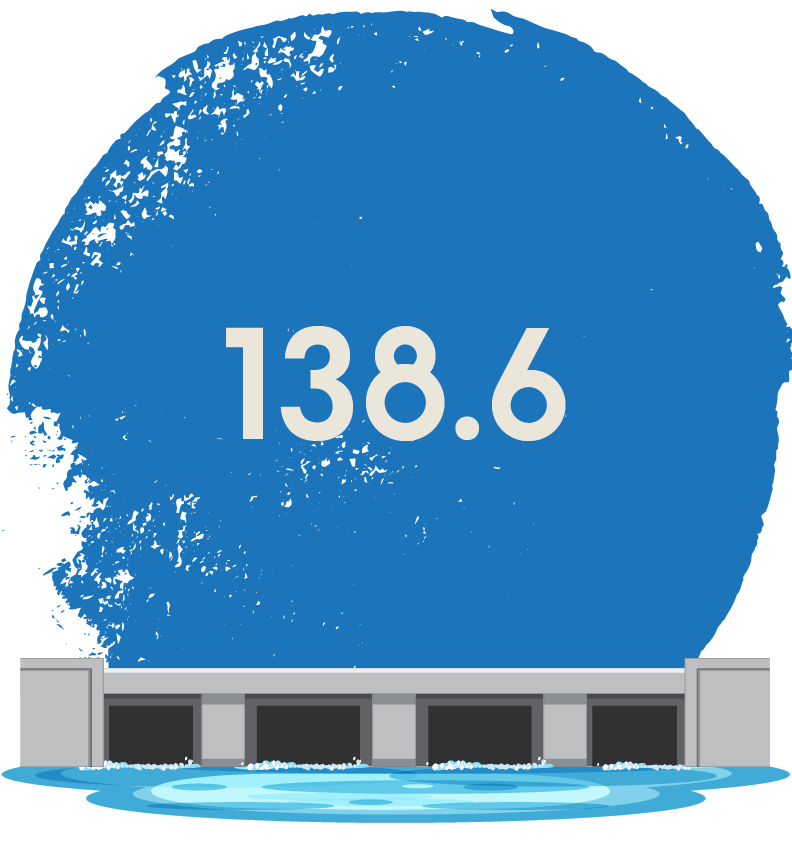
million litres of additional water harvesting potential created

hectares of land assured irrigation throughout the year
Climate Resilient Agriculture
The tribal community in Odisha had a traditional practice of single crop due to the rainfall pattern and lack of water resources. The knowledge and capacity-building initiatives have led to an increase in productivity and today farmers grow both Kharif and Rabi crops besides cultivating cash crops.
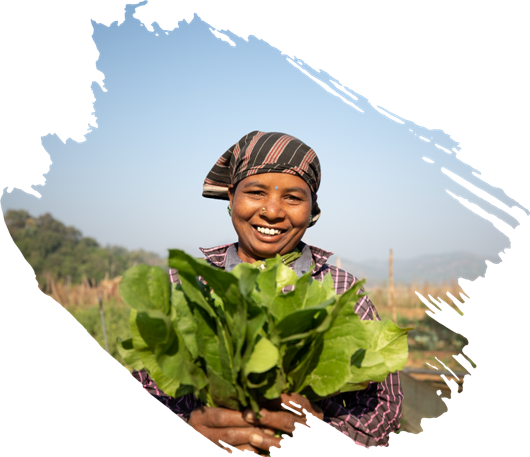
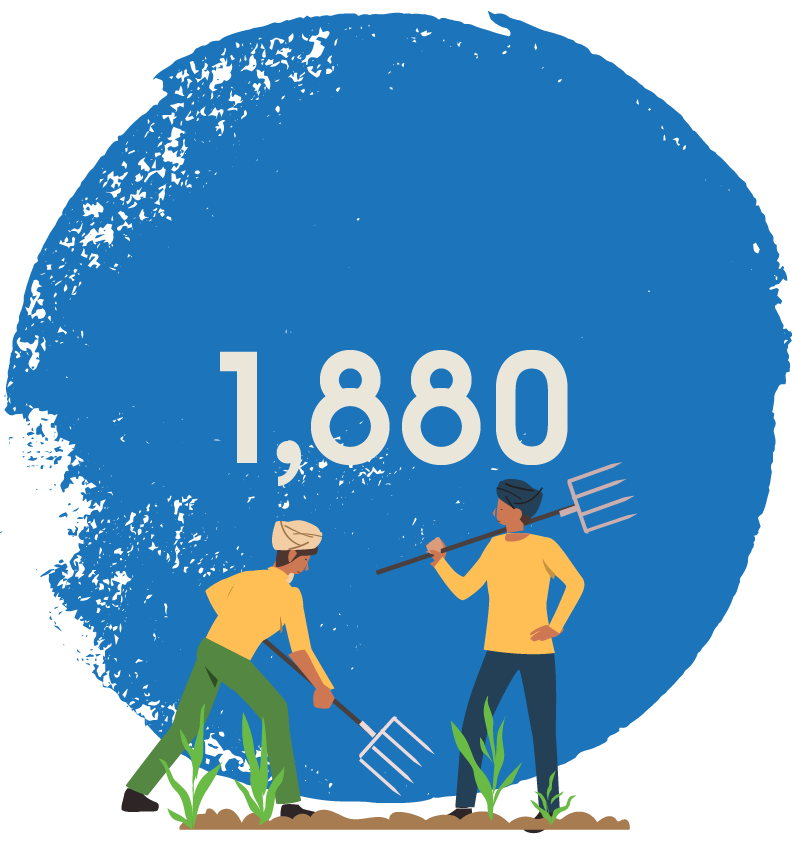
farmers supported through Climate Resilient Agriculture
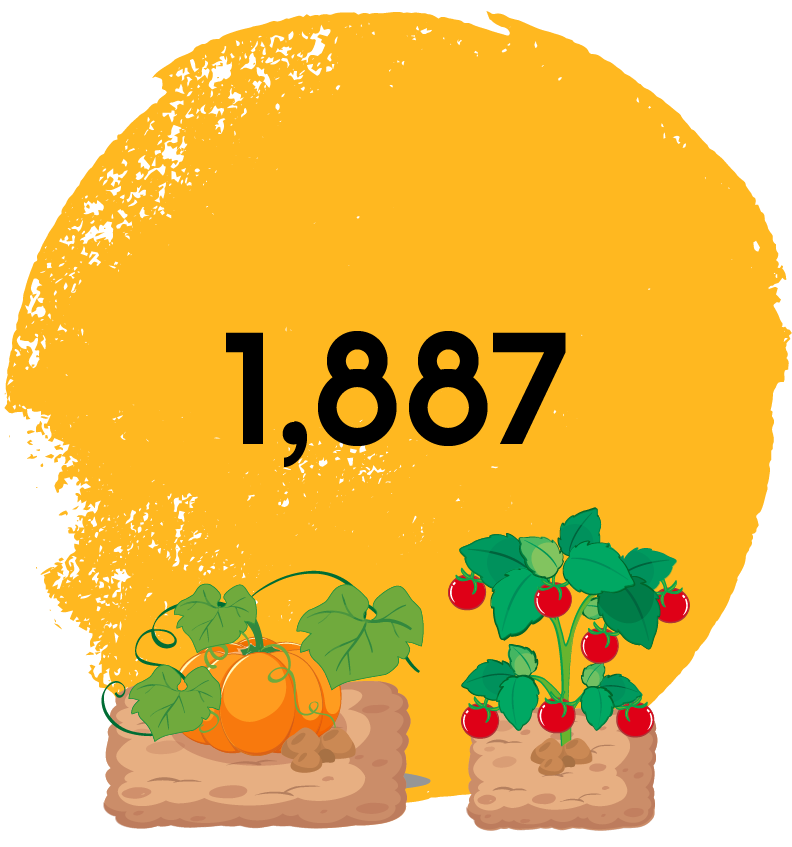
families supported to adopt kitchen gardening
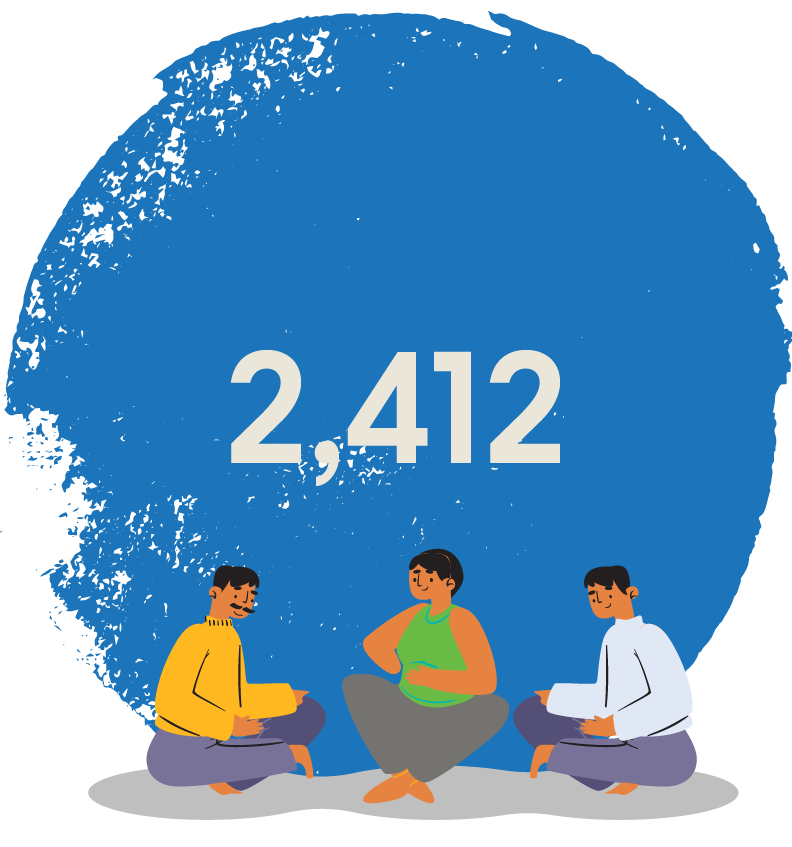
families have been trained on climate-resilient agriculture
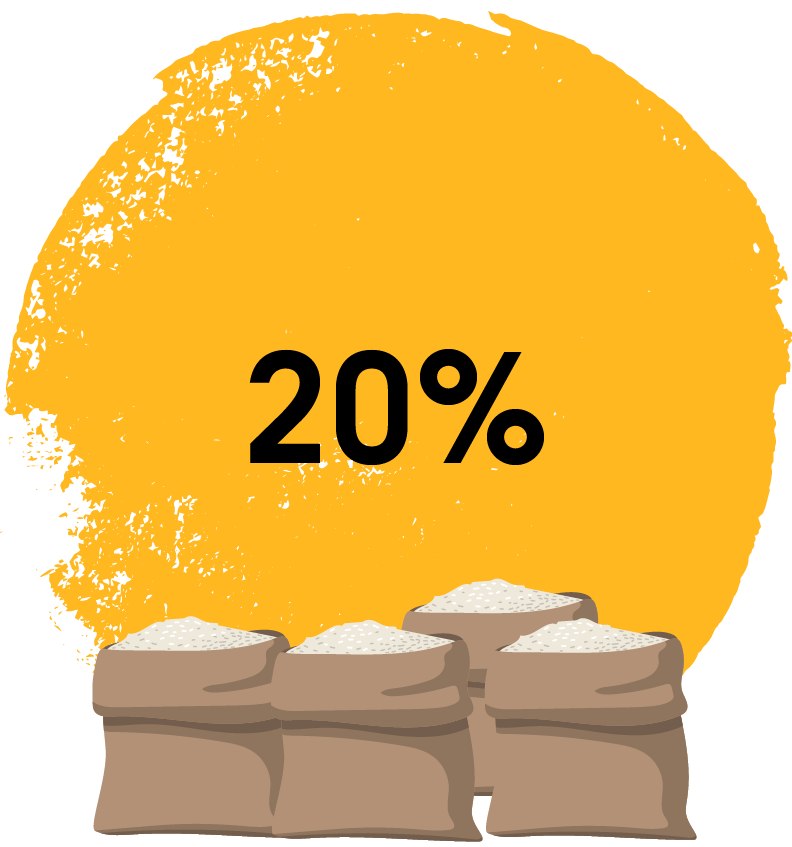
increase in paddy yield through climate-resilient agriculture practices
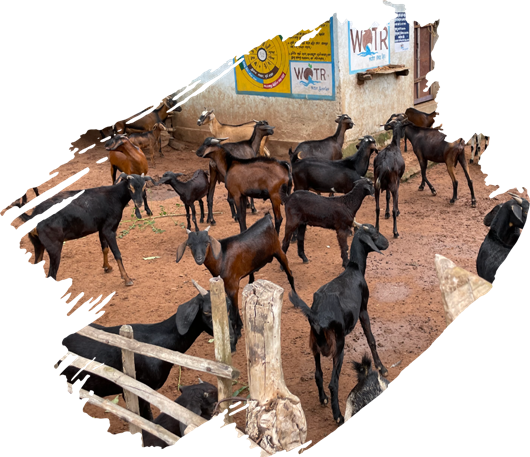
Livelihoods
The landless and vulnerable households in Odisha have been supported through alternative sources of livelihood. These include livestock management and agri-allied activities such as goatery, poultry, and dairy management, etc. WOTR is also supporting the community members to learn skills such as carpentry, masonry and running small grocery shops.
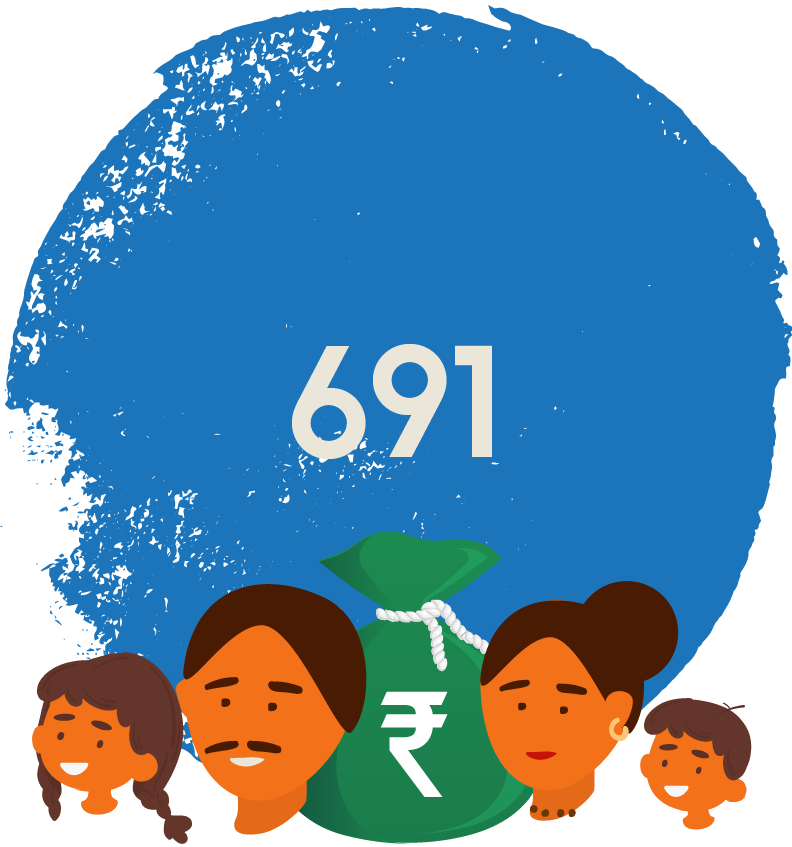
households supported with various livelihood options
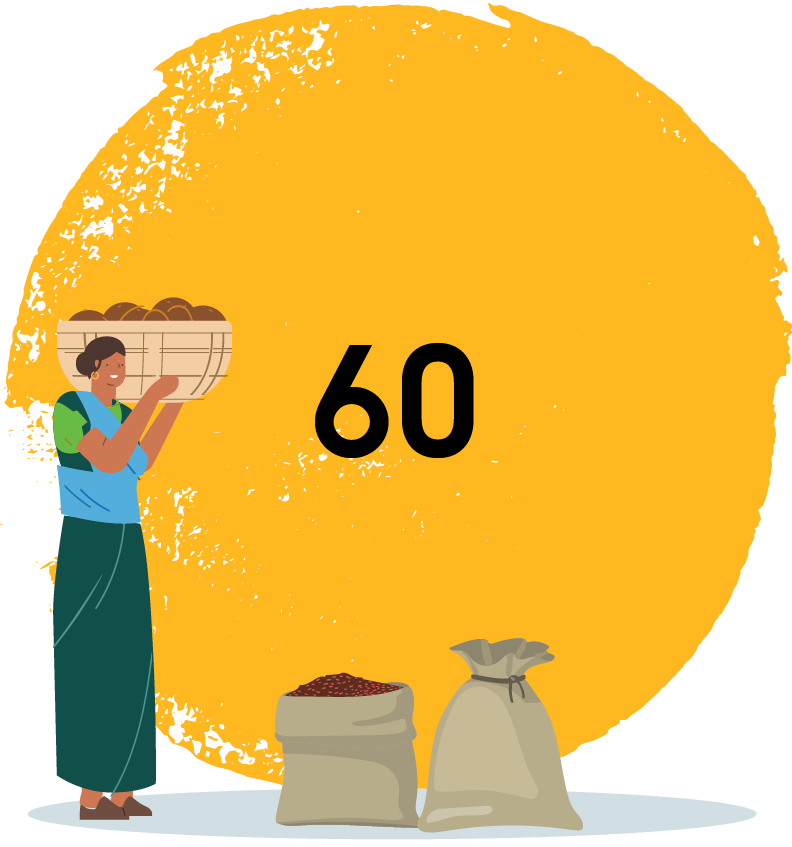
women members in two all-women producer groups trading in brooms, tamarind, lemon, cashew and millets
Women Empowerment
Women empowerment and institution building are other initiatives of prime importance in Odisha. Well-being ranking, net planning, PRA and formation of Village Development Committees (VDCs), Self-Help Groups (SHGs) and Sanyukt Mahila Samhiti (SMS) have been initiated at the beginning of every project.
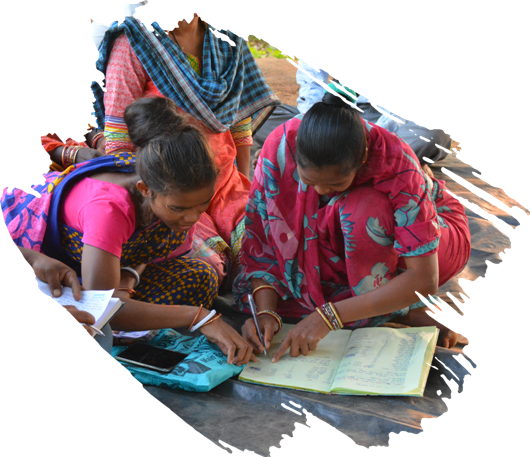
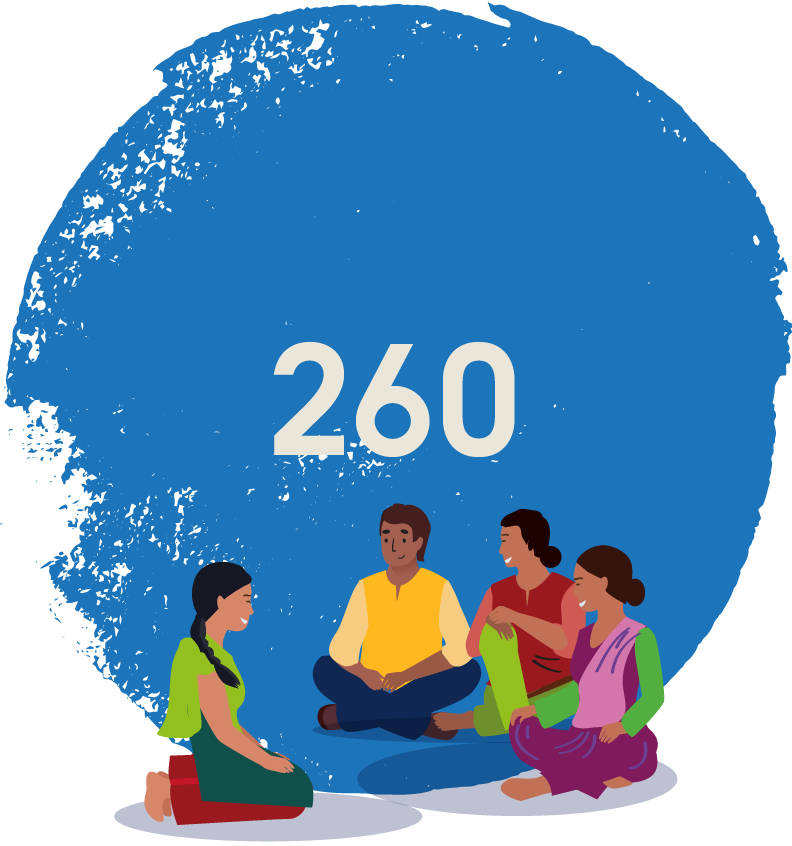
SHGs ensuring women’s participation in 95 VDCs
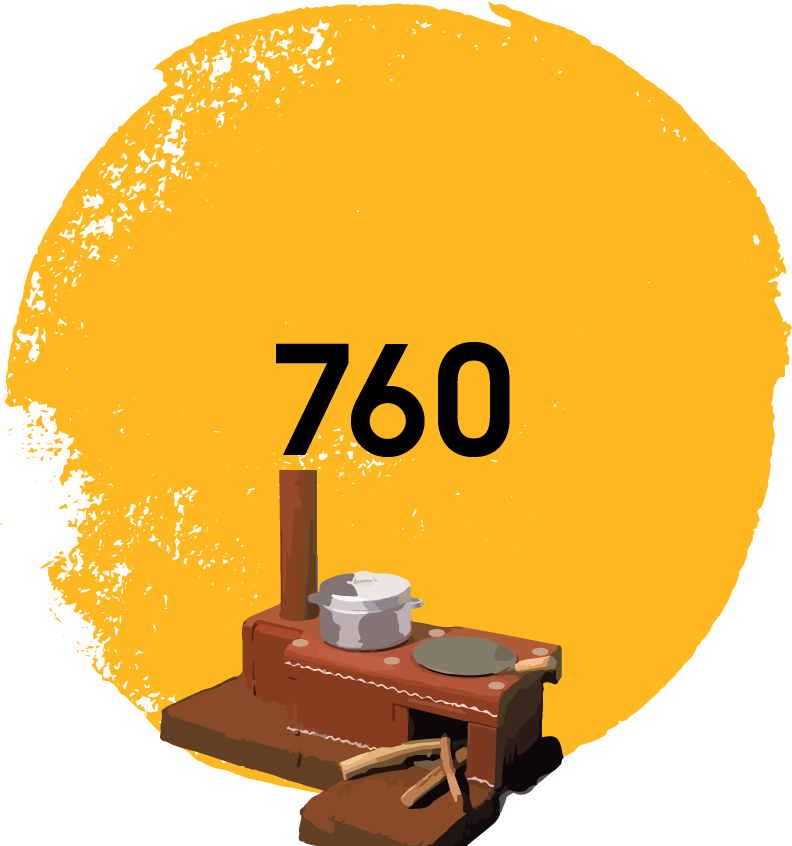
women provided with smokeless chulhas, thereby reducing their drudgery and health threats
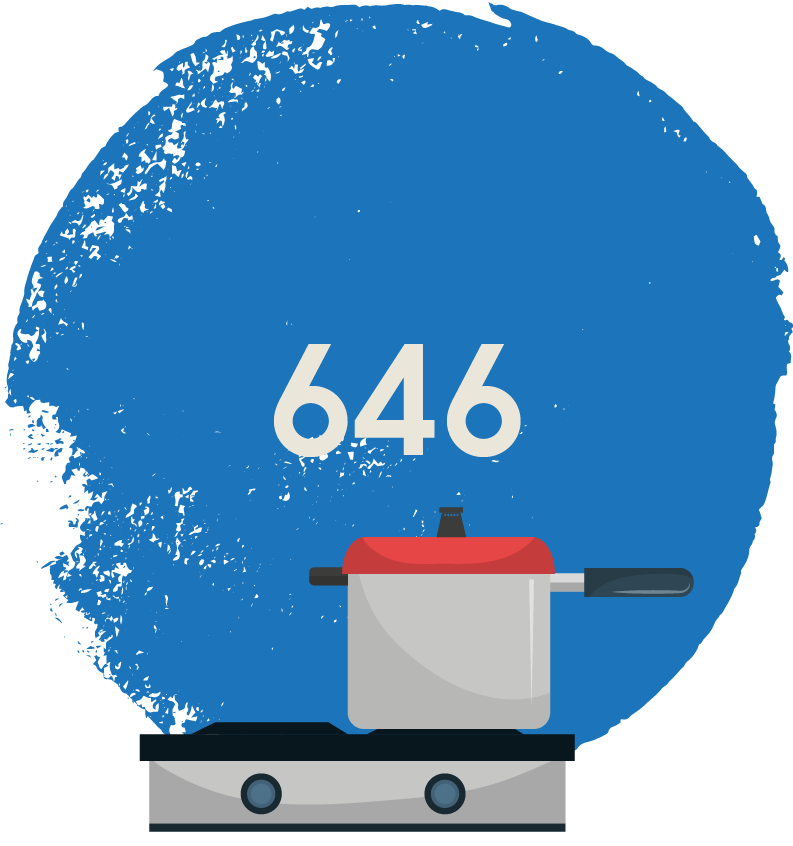
women provided with pressure cookers to shorten food cooking time

solar street lights installed for better safety
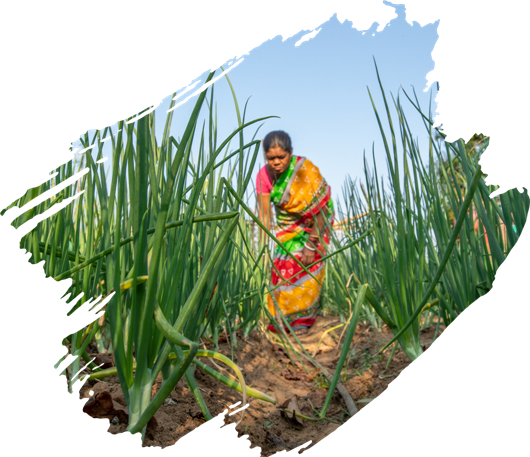
Declining health and poor education are the outcomes of poverty. While WOTR is working to enhance livelihood security for the people of Odisha, the team is also focusing on improving their health and education status. Specific initiatives are taken to improve school infrastructure and provide support to Aanganwadis. The Child Growth Monitoring Program aims to assess the health of children below 5 years and provide the necessary support to children and mothers.
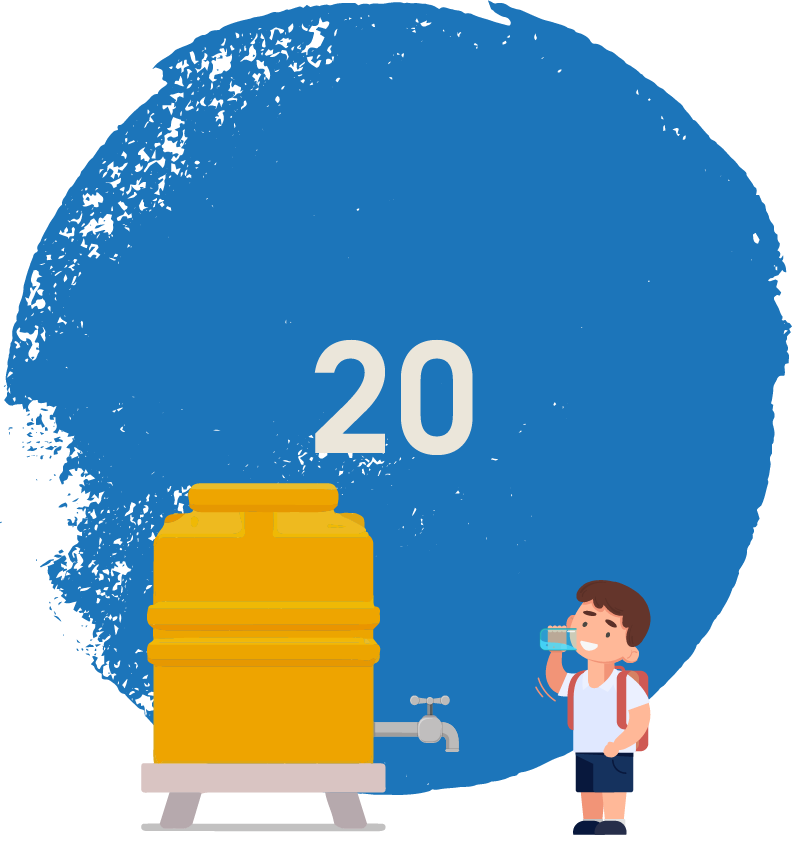
schools supported with libraries and 7 schools with drinking water facilities

government primary schools renovated and painted to encourage children to attend school
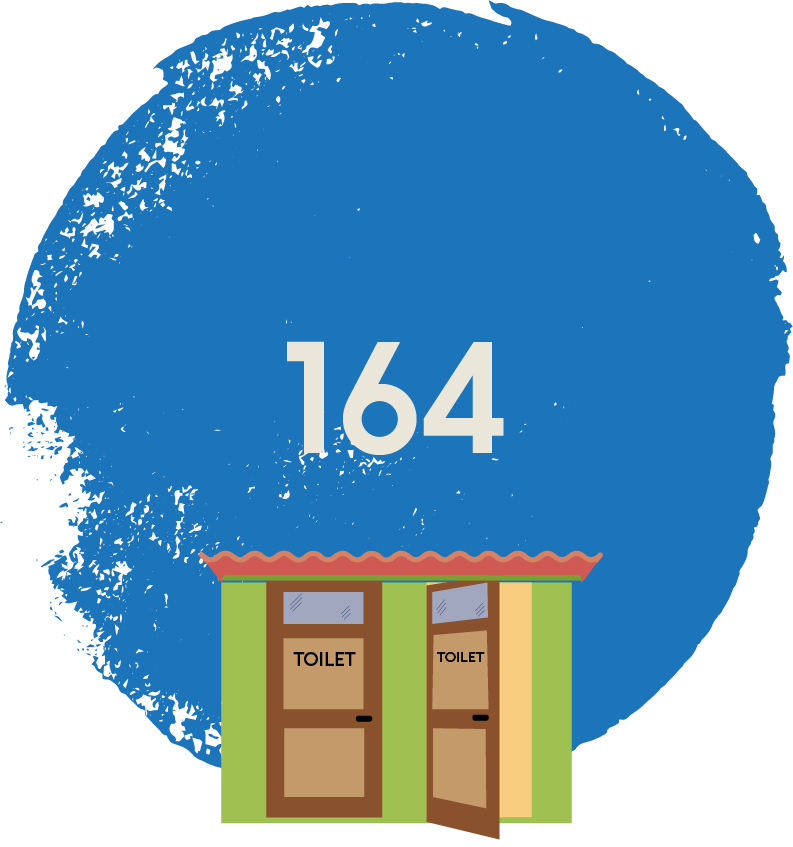
individual toilets and 29 community toilets constructed
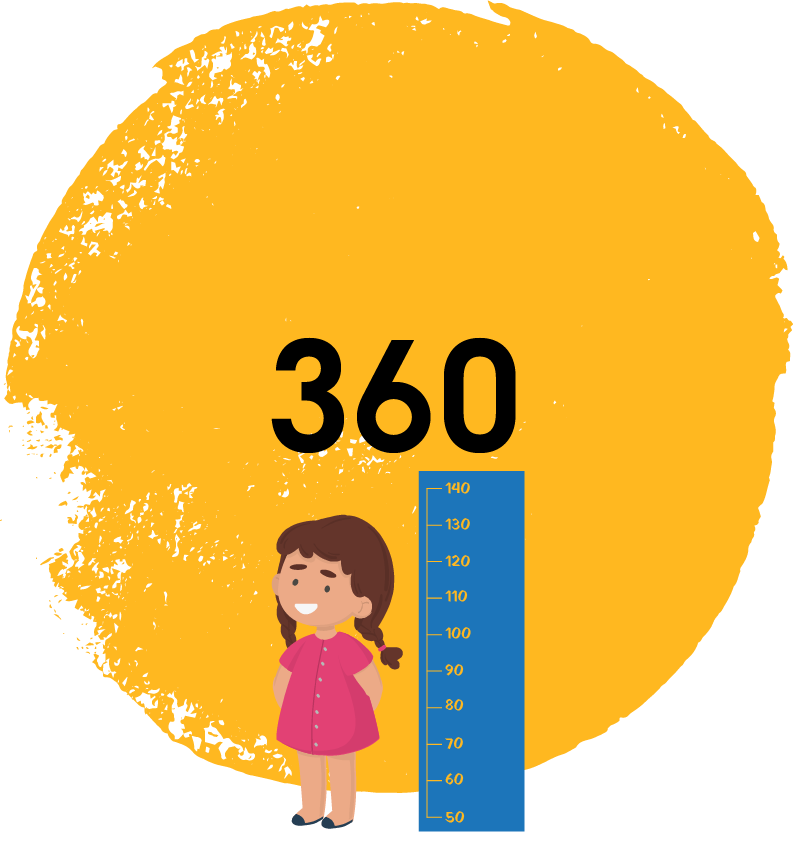
children between 0-5 years monitored in Rayagada district
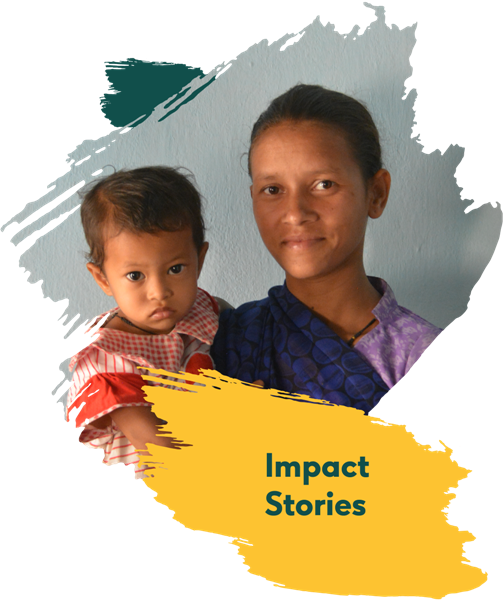
Health and vitality for Clementina
Clementina, a 2.5-year-old girl was found to be severely malnourished when monitored under WOTR’s Child Growth Monitoring Program. Her stunted growth and poor weight were a cause of constant worry for her mother. Siba, Clementina’s mother, with the support of WOTR was able to access timely treatment and care for her little daughter.
Clementina is now a healthy girl and exhibiting healthy signs of growth.


